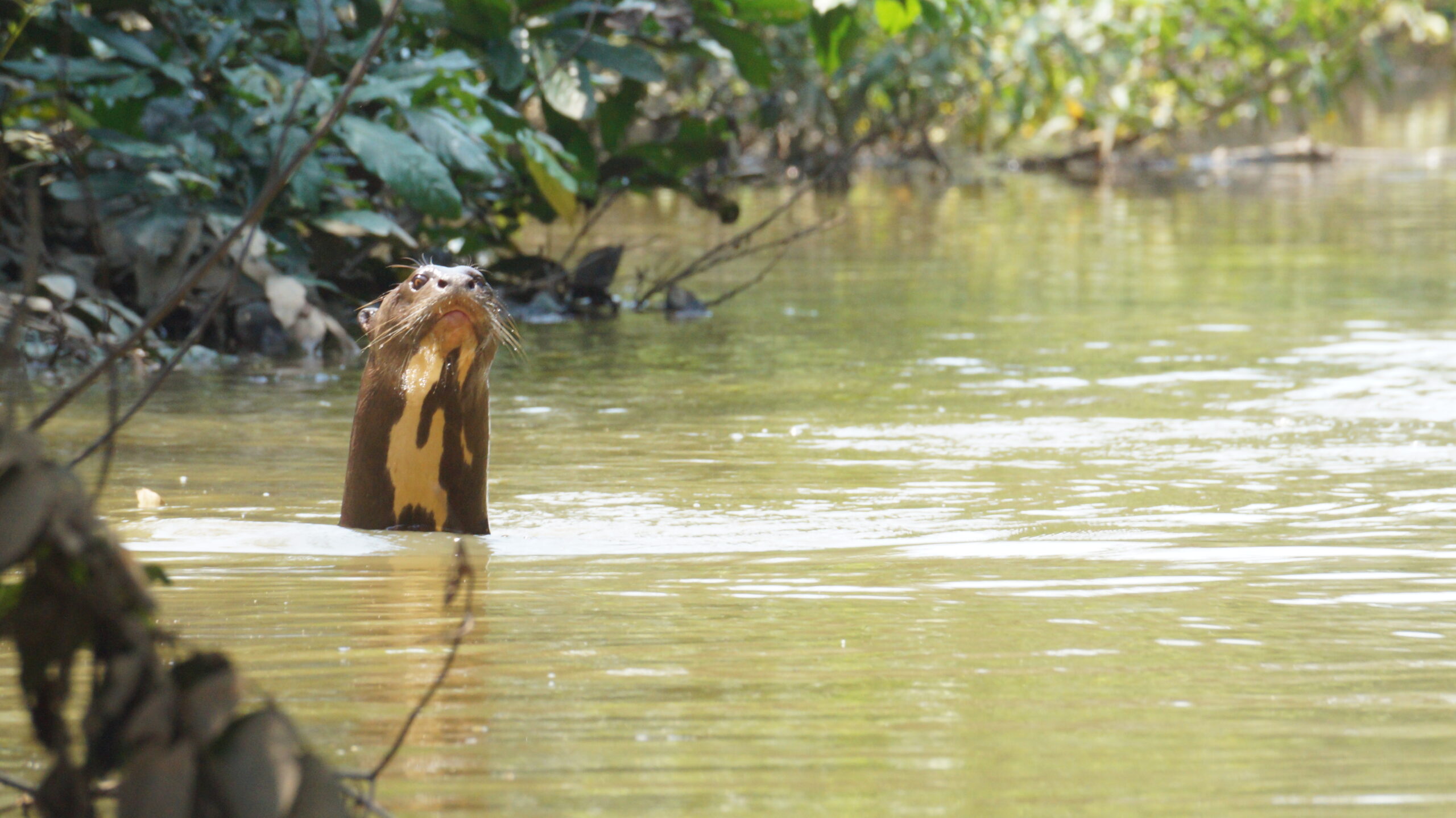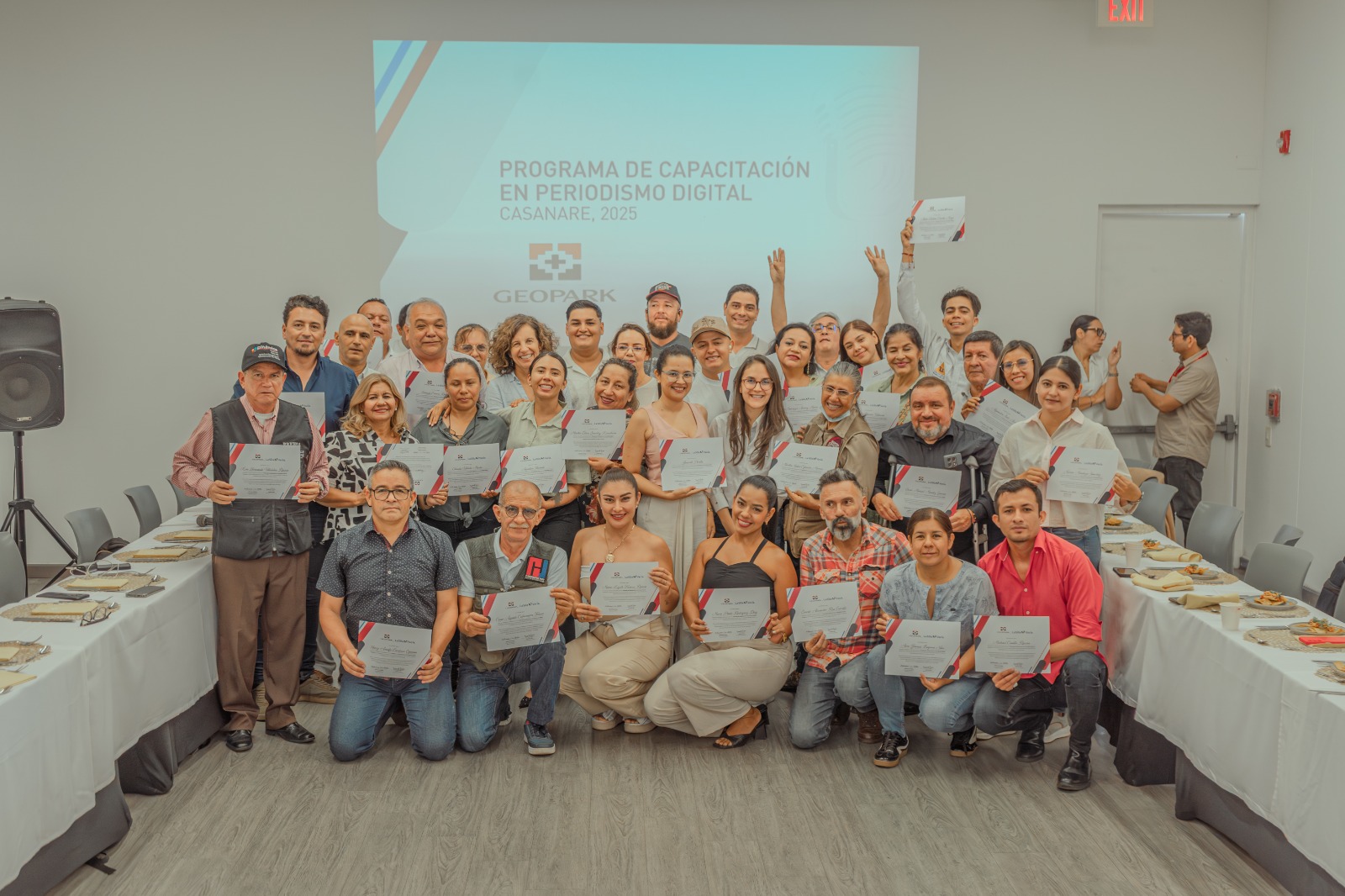By: Karen Perez, Director of the Orinoquia Biodiversa Foundation (FOB)
Thinking of the Orinoquia years ago meant imagining a flat area of land that rather than a future benchmark of biodiversity for Colombia was associated with having endless potential for the development of large-scale agro-industrial activities.
This concept began to change as more data was collected and studies carried out in different parts of the region, detailing its biological wealth and the hydrological importance of the dynamics of the savanna floodplain. In addition, the concept of conservation-production started to make ground, recognizing the importance of developing productive activities while safeguarding biodiversity and the region’s ecosystem-related goods and services.
Understanding this concept and recognizing the urgency of having information to improve the environmental management of the municipality, in 2018 Tauramena Mayor’s Office – with support from GeoPark and the technical leadership of the Orinoquia Biodiversa Foundation (FOB) – carried out a study called “Valuation of ecosystem services, characterization of biodiversity and wetlands, as a baseline for comprehensive management of the municipality of Tauramena, department of Casanare.”*
The results allowed the consolidation into a single document of the municipality’s biodiversity, which is associated with the heterogeneity of ecosystems ranging from Andean forest to the savanna floodplain, identifying species that should be protected (OdC, by their Spanish acronym) and above all, showing that despite the fragmentation of the forests and the pressures on the territory, there are still species with wide geographical ranges such as the tapir (Tapirus terrestris). This means that while such species live in the area, actions must urgently be developed to improve connectivity between ecosystems to guarantee their long-term conservation and, in doing so, improving the biological diversity of these ecosystems and the services that they provide.
One of the most important results is the identification of more than 200 wetlands that highlight the hydrological wealth of the territory. Additionally, all the information collected was analyzed to establish management recommendations, which in the end we hope will support decision-making, land use planning and adequate planning for the use and exploitation of natural resources.
* The study is a key tool to facilitate the process of making decisions that support environmental conservation. It was an exhaustive investigation that allowed the characterization of flora and fauna species that was documented in the Tauramena Natural catalog, available in the Department’s libraries.
Find out more about the Orinoquia Biodiversa Foundation at its website: www.orinoquiabiodiversa.org




